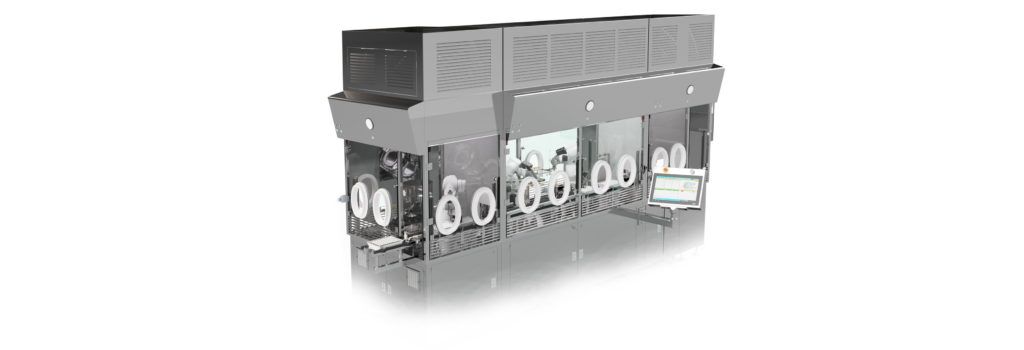Oxygen Sensitive Drug Products
Oxygen Sensitive Drug Products
By: Pii International
Oxygen is the second leading cause for quality degradation of pharmaceuticals, water being the first. While we typically think of packaging as the primary resource used to protect drugs from the negative effects of oxygen, there are things to consider during development and manufacturing to make sure excess oxygen isn’t simply packaged or bottled with the drug product.
Oxygen Sensitive Pharmaceuticals
There are classes of drugs that are more susceptible to adulteration from exposure to oxygen. They include most biologics, DEA Schedule II and IV drugs, parenterals, and drugs that require an extended shelf life. Unintended oxygen exposure during production can set the conditions for quality degradation even though the drug may have passed all initial quality testing.
During research and development, formulations must be tested and characterized for long-term stability when exposed to oxygen and incorporated into the Critical Quality Attributes (CQA) for the drug product. If your oxygen exposure is a CQA there are ways to mitigate the impact and there are well-proven best practices that can be applied to manufacturing and liquid fill-finish.

Robotic Fill-Finish Lines
Believe or not, there was a time when it was common for parenteral formulations to be filled by hand. And although a manual filling method is rare today, completely isolated and automated fill-finish lines are not as common as one might think, mainly due to the high initial investment costs.
Fully robotic fill-finish capabilities in aseptic isolation units greatly reduce, even eliminate, the amount of oxygen exposure a drug is subjected to during manufacturing. This kind of fill-finish capability also reduces human contact with the pharmaceutical during production, protecting both the product and the operator. For any developer or manufacturer of oxygen-sensitive pharmaceuticals, the investment in fill-finish systems that employ robotics in an aseptic environment ought to be seriously considered to ensure product quality.
Single-Use Technology
Modern single-use technology is another way to greatly reduce a drug product’s exposure to oxygen. State-of-the-art fill-finish lines are equipped with single-use components, but single-use bags for mixing and storage along with transfer lines can be used to reduce a product’s exposure to oxygen too. Many oxygen-sensitive drugs are also highly potent, and single-use technology eliminates the need for extensive cleaning of mixers, blenders, and lines.
Non-Destructive Testing
Finally, using non-destructive inspection systems can test 100% of batches and include visual inspection of stopper depth, vial seal, fill levels, and detect microscopic cracks in vials, ampules, pre-filled syringes, and other primary containers. Excess headspace between a liquid product and a stopper can degrade the quality and efficacy of a medicine before it ever arrives to the patient. Likewise, lack of integrity in a stopper seal or a hairline fracture in a prefilled syringe can mean a problem with the filling line that could be impacting each dose and can ruin an entire batch. However, if it can be detected before any of the doses leave an aseptic environment, the batch can be saved.
Summary
Excess oxygen exposure to certain classes of drugs can render them ineffective. When limited oxygen exposure is a CQA for a drug product, developers and manufacturers can take the steps to control their process to ensure quality outcomes. Robotic, isolated filling lines, single-use technology, and non-destructive testing can become the centerpiece of a quality system that ensures oxygen sensitive products arrive to patients unadulterated.
Talk to a Pii Scientist
ABOUT Pii
Pharmaceutics International, Inc. (Pii) is a US-based contract development and manufacturing organization (CDMO) located in Hunt Valley, Maryland. The experienced scientists, engineers, and staff at Pii pride themselves on adroitly employing a phase appropriate method of drug development for the prudent use of their customer’s resources as they solve challenging problems. In addition to offering end-to-end development services, Pii manufactures a variety of dosage forms to include complex parenteral drugs and has a wealth of analytical testing capabilities. Its Hunt Valley campus has four aseptic suites with lyophilization capabilities. Our talented professionals stand ready to help!